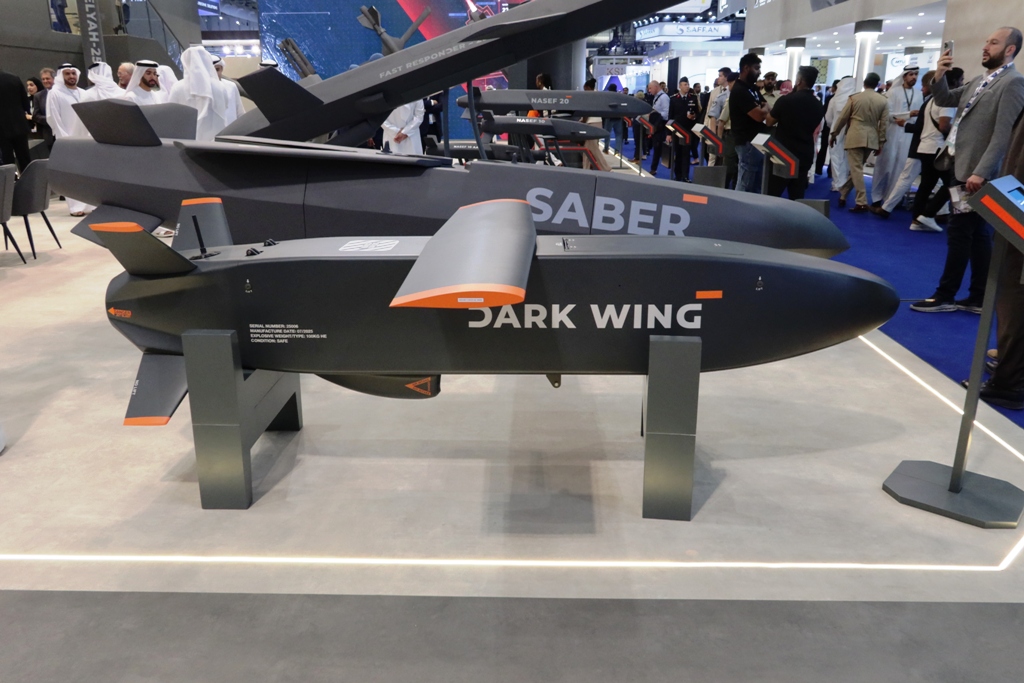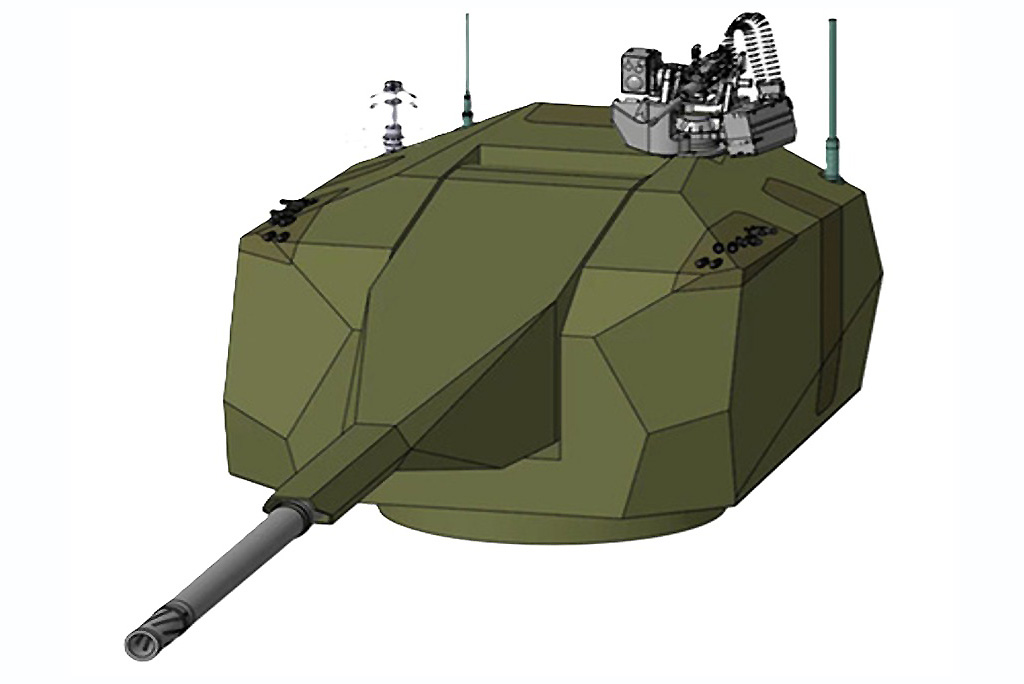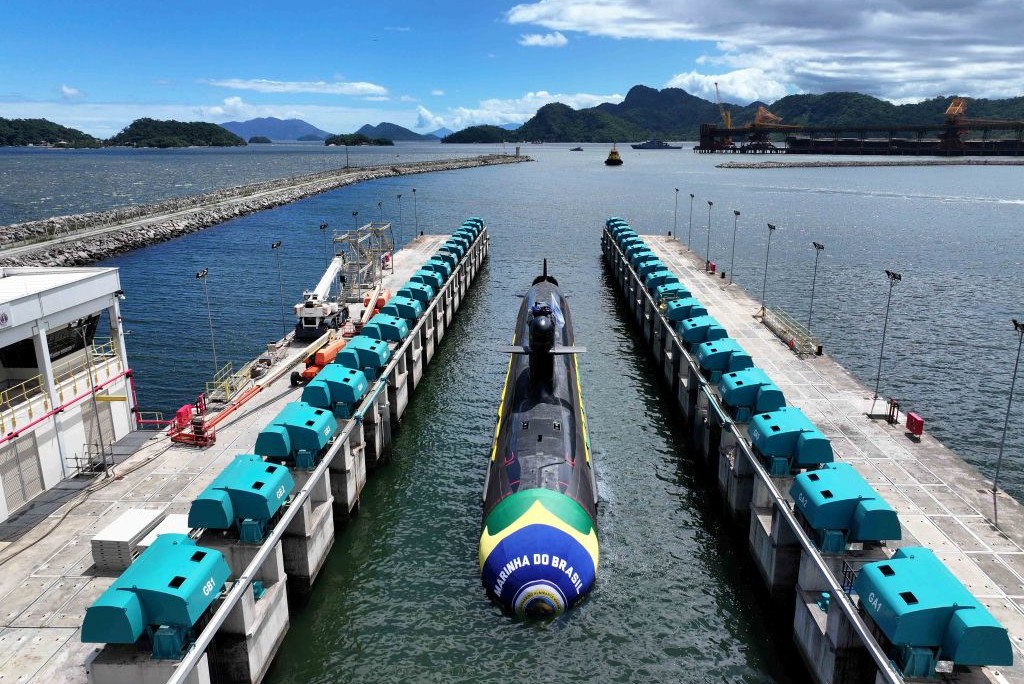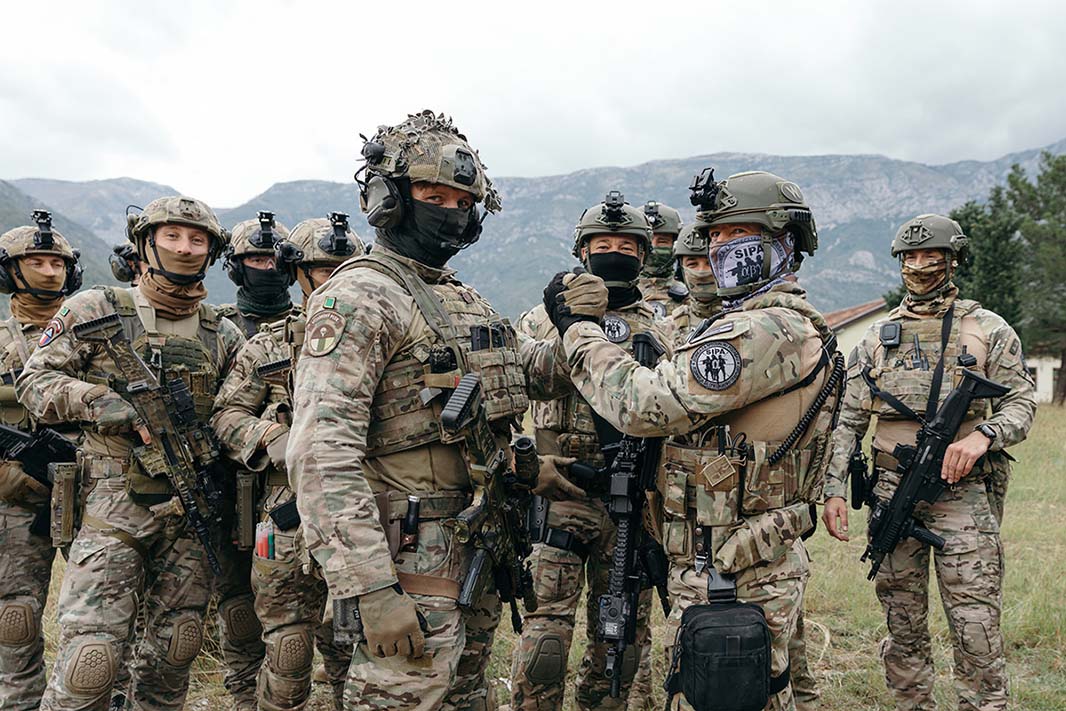Poland Selects Saab’s A26 Blekinge Submarine: A Strategic Advancement for National Defense
Overview of the Decision
In a significant move to bolster its naval capabilities, the Polish Ministry of National Defence has officially chosen Sweden’s Saab A26 Blekinge design as its next generation submarine solution. This decision comes after a comprehensive evaluation involving participants from six nations across Europe and Asia. Poland’s strategic procurement aims to modernize its Navy with three submarines under the Orka program, potentially finalizing the contract by year’s end.
Strategic Implications
Władysław Kosiniak-Kamysz, Poland’s Deputy Prime Minister and Minister of Defence, emphasized that this selection marks not only a milestone for the Polish Navy but also a pivotal shift in regional security dynamics. He articulated his vision of a fortified security framework in the Baltic Sea, reiterating the government’s commitment to enhancing national defense capabilities following heightened tensions post-Russia’s incursion into Ukraine.
Key Features of the A26 Blekinge
- Advanced Stealth Technology: Saab promotes the A26 as a fifth-generation submarine capable of maintaining a minimal acoustic and magnetic signature, enhancing its operational stealthiness and survivability in contested waters.
- Integration of Cruise Missiles: The Polish submarines will be equipped with advanced missile systems, further extending their deterrence capabilities.
- Collaboration with Domestic Industry: A crucial aspect of the procurement process is Saab’s commitment to partner with Polish defense firms, notably through PGZ Naval Shipyard, ensuring the transfer of technology and expertise.
Timeline and Capacity Enhancements
The Polish government envisions the delivery of the first A26 submarine by 2030, amidst plans to acquire an interim submarine designed for training purposes, set for delivery by 2027. The urgency of this acquisition is underscored by the current state of Poland’s submarine fleet, which is confined to operating a single Kilo-class vessel, a remnant of Soviet-era technology.
Economic Considerations and EU Funding
The partnership with a European Union nation aligns with Poland’s strategy to leverage European financial mechanisms, specifically loans from the EU’s SAFE program, which has allocated approximately €43.7 billion ($50.7 billion) for arms procurement. This access to funding not only facilitates the modernization of the Polish military but also contributes to stability within the EU defense framework.
Challenges Ahead
Despite the excitement surrounding the acquisition, analysts caution that costs may exceed initial projections of PLN 10 billion ($2.7 billion), and uncertainties loom regarding the actual involvement of Polish industries in the project. There are also concerns about potential delays in delivery timelines, echoing previous setbacks experienced by Saab in other contracts.
- Potential Delays: Analysts note that the current delivery schedule may be jeopardized by prior delays in submarine production for Sweden.
Conclusion: A New Chapter for Polish Naval Power
With Poland’s decision to procure the A26 Blekinge submarines, it enters a crucial phase of enhancing its naval power and deterring potential threats in the Baltic region. Saab’s commitment to delivering advanced capabilities tailored for Poland, coupled with a cooperative approach to domestic industry involvement, is poised to significantly elevate the operational readiness of the Polish Navy.
As the situation evolves, Poland’s strategic focus on modernizing its military forces will continue to play a critical role in shaping the overall security landscape in Eastern Europe, reinforcing its defense posture against emerging geopolitical challenges.





